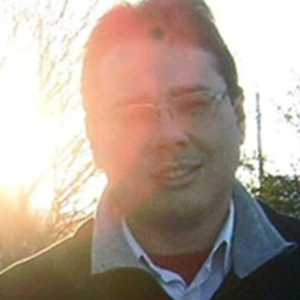|
Getting your Trinity Audio player ready...
|
Resumo: O artigo científico discute a controvérsia espírita sobre a existência de cidades espirituais, focando no impasse da estabilidade de construções fluídicas. Ele argumenta que a manutenção dessas estruturas se dá pela ação inconsciente dos espíritos, baseando-se em princípios da Doutrina Espírita e em pesquisas atuais da Psicologia e Neurociência sobre pensamentos inconscientes. A pesquisa considera a capacidade da mente em criar e manter imagens mentais, mesmo sem consciência, justificando a estabilidade das construções espirituais. Entretanto, o artigo não aborda o segundo impasse, que é a própria definição de “cidade espiritual” e suas funções.
Palavras-chaves: cidades espirituais, construções fluídicas, ação inconsciente, Doutrina Espírita, neurociência
Abstract: This scientific article discusses the Spiritist controversy over the existence of spiritual cities, focusing on the impasse regarding the stability of fluidic constructions. It argues that the maintenance of these structures is due to the unconscious action of spirits, based on principles of the Spiritist Doctrine and current research in Psychology and Neuroscience on unconscious thoughts. The research considers the mind’s ability to create and maintain mental images, even without consciousness, justifying the stability of spiritual constructions. However, the article does not address the second impasse, which is the very definition of “spiritual city” and its functions.
Keywords: spiritual cities, fluidic constructions, unconscious action, Spiritist Doctrine, neuroscience


